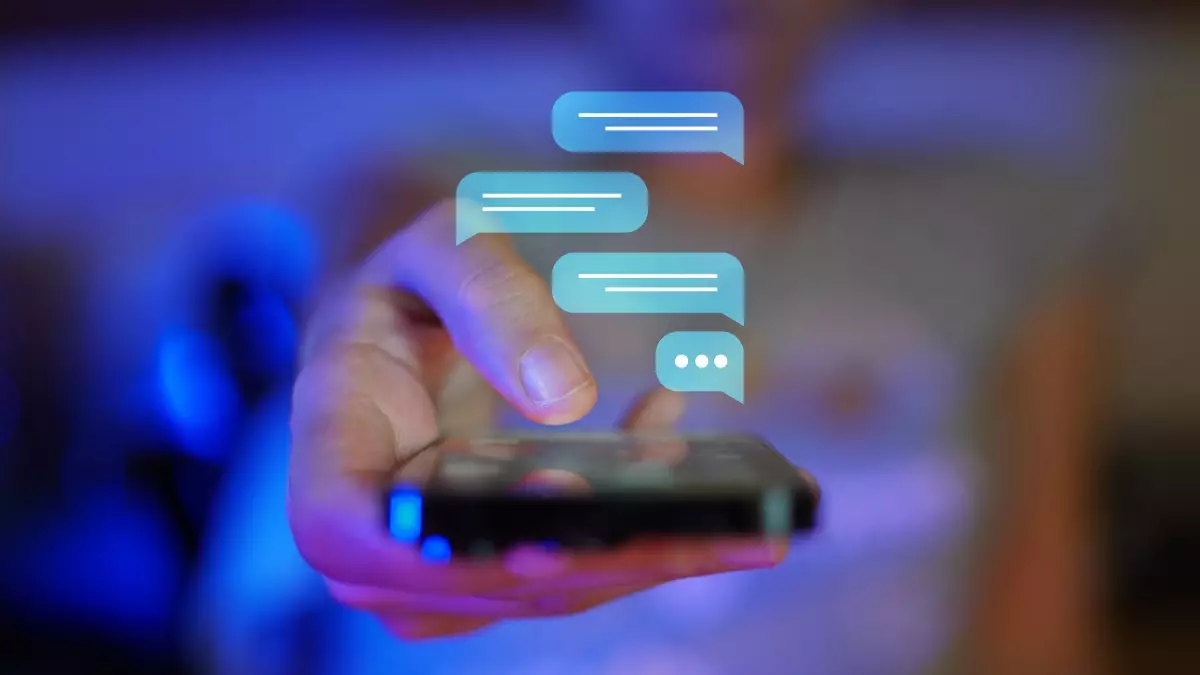In the rapidly evolving landscape of digital tools, innovative applications like Mockly are redefining what we perceive as possible in the realm of communication. By allowing users to craft realistic-looking conversations across numerous messaging platforms, these tools unlock a new realm of creative expression. Whether it’s used for harmless entertainment, satire, or social commentary, the potential for imaginative storytelling is vast. However, such capabilities also carry profound risks, feeding into the pervasive issue of misinformation that plagues online spaces today. The emergence of Mockly exemplifies this tension—an empowering tool that, depending on perspective, can be either a benign novelty or a dangerous weapon in the arsenal of digital deception.
Accessibility and User-Friendliness: Breaking Barriers
What sets Mockly apart from previous, clunky fake message generators is its accessibility. Unlike older tools that often require technical know-how or present users with confusing, ad-laden interfaces, Mockly emphasizes simplicity and practicality. It supports 13 platforms at launch, including popular services like Instagram, Discord, Tinder, and WhatsApp—far surpassing the limited scope of similar apps such as Postfully, which only supports iMessage. The ease of use lowers the barrier for amateur creators to produce convincing simulations, blurring the lines between authentic and fabricated digital interactions. While this democratization of fake content creation is empowering for entertainment and artistic projects, it also invites abuse, creating fertile ground for deception and misinformation.
Imperfect Reality: The Limitations of the Fake
Despite its impressive range, Mockly is not without flaws in its imitation capabilities. Some templates, such as Slack, appear rather sparse and less convincing, whereas others like Instagram seem strikingly authentic. The application primarily reproduces messaging interfaces as they appear on desktop or web, not on mobile devices—limiting the realism somewhat. This discrepancy could serve as a crucial tell for discerning viewers, but such arrows in the quiver become less effective as users become more sophisticated at spotting fakes. Nonetheless, the core issue remains: with AI-powered tools like Mockly, the generation of convincing fake conversations is trivially accessible, which amplifies concerns over privacy, reputation, and manipulated narratives.
Ethical Implications and Societal Concerns
The core dilemma surrounding tools like Mockly isn’t solely about technology—it’s about ethics and societal consequences. In an era where AI can produce synthetic videos of political figures or celebrities, fake images and conversations are becoming almost indistinguishable from real. The widespread awareness that dramatized screenshots can be fabricated undermines trust in digital communication, yet it also engenders a sense of helplessness. Some might argue that it’s better to accept the existence of such tools as part of the creative spectrum; others warn about their potential for malicious use—spreading false rumors, fabricating scandalous conversations, or inciting discord. The societal challenge lies not just in developing such tools, but in educating users to critically evaluate digital content, a task made harder with increasingly convincing fakes readily available.

